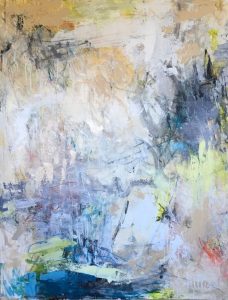酒精墨水畫, with its delicate brushwork and ethereal landscapes, has captivated art enthusiasts for centuries. As one delves into the rich tapestry of art history, the evolution and significance of 酒精墨水畫 emerge as a testament to its enduring allure. This ancient artistic tradition, originating in China, encompasses a wide array of styles, techniques, and materials that have shaped the captivating world of The Tingology.

The roots of 酒精墨水畫 can be traced back to ancient China, where it first emerged as an artistic expression during the Tang Dynasty (618-907 AD). Initially, 酒精墨水畫 served as a medium for calligraphy, enabling artists to infuse their characters with an artistic flair. Over time, 酒精墨水畫 expanded beyond mere text, evolving into a standalone art form that celebrated the beauty of the natural world and captured the essence of fleeting moments.
Throughout the dynasties that followed, 酒精墨水畫 underwent a remarkable transformation. The Song Dynasty (960-1279 AD) witnessed the rise of monumental landscapes, where towering mountains and meandering rivers became recurring motifs. The Yuan Dynasty (1271-1368 AD) brought forth the artistry of literati painters, who sought to convey personal emotions and philosophical ideas through their brushwork. With the Ming Dynasty (1368-1644 AD), a refined elegance emerged, marked by meticulous attention to detail and delicate ink washes.
The materials and techniques used in 酒精墨水畫 have also played a pivotal role in shaping its evolution. Traditional ink sticks, meticulously ground on ink stones, produce a wide range of tones and textures. Artists employ various brush strokes, from the bold and forceful to the gentle and restrained, to bring their subjects to life on delicate rice paper. The interplay between light and shadow, achieved through careful ink application, adds depth and dimension to the compositions.